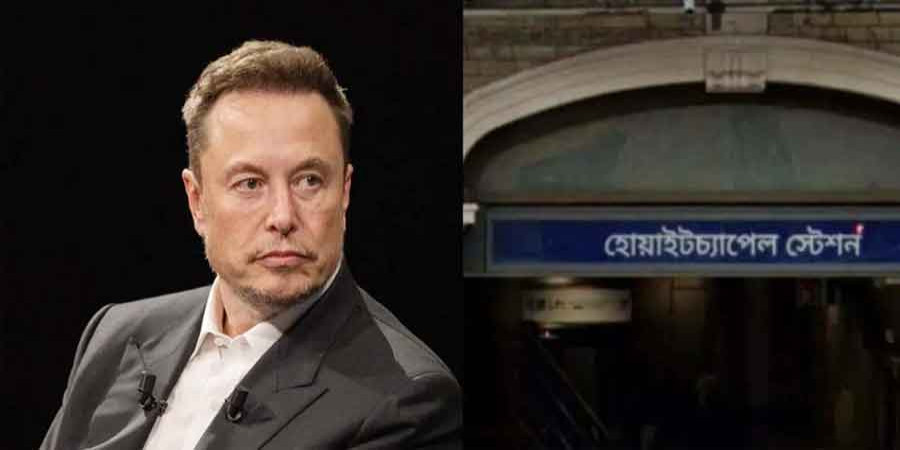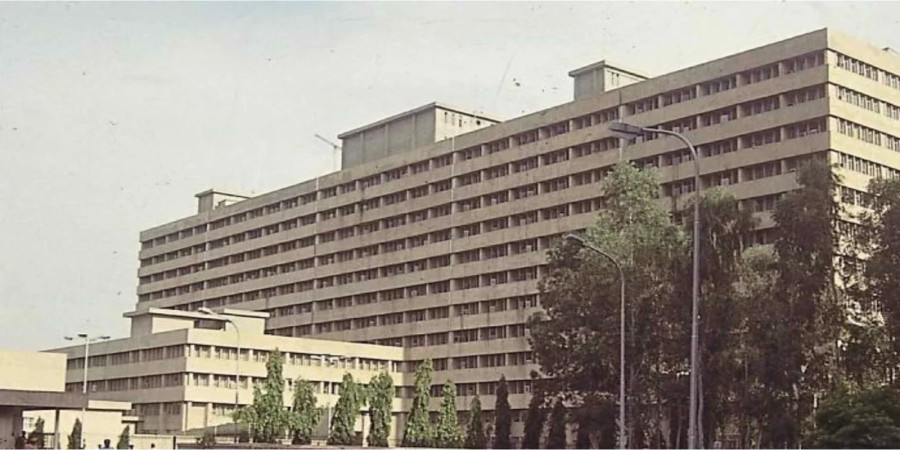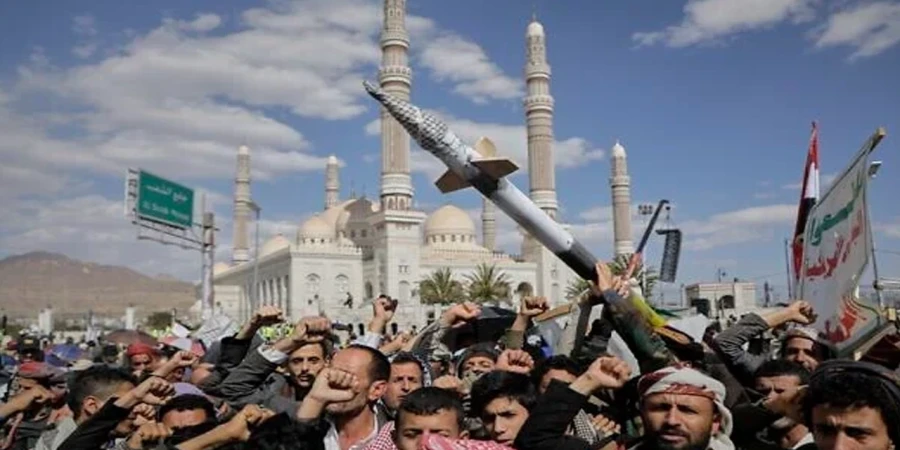
ছবি: Photo: Collected
A metro station in London is at the center of a heated debate after Bengali signage was added alongside the English signs. Whitechapel Station, located in East London, has displayed the station's name in both English and Bengali for the past few years, reflecting the significant Bengali-speaking population in the area. However, a recent call to remove the Bengali text from the sign has sparked controversy, with notable figures such as tech mogul Elon Musk lending their support to the proposal.
The call to remove the Bengali signage came from Rupert Lowe, a Member of Parliament (MP) for Great Yarmouth and a member of the right-wing political party Reform UK. Lowe posted a picture of the sign on the social media platform X (formerly Twitter) along with a message that the station's signage should only be in English, stating that "This is London. The signs should be in English, and only in English." Lowe's post quickly went viral, drawing a strong reaction from both supporters and opponents.
Among the supporters of Lowe's stance was Elon Musk, the CEO of Tesla and the owner of X, who responded to Lowe’s post with a simple “Yes.” Musk's endorsement of the request added fuel to the fire, further fueling the debate about the role of multiple languages in public spaces.
The dispute revolves around the decision made by the Tower Hamlets Council in 2022, which added Bengali to the station’s signage. The move was made in recognition of the area's large Bangladeshi community, which has a substantial presence in the neighborhood. Local officials viewed the addition of Bengali as a way to make the station more welcoming and accessible to the significant number of Bengali-speaking residents.
Despite the reasoning behind the addition of Bengali signage, many are questioning whether such multilingual displays are necessary in the UK capital. Supporters of removing the Bengali signage argue that English should remain the dominant language, particularly in public transportation systems, where clarity and standardization are key. They believe that English should be the sole language on public signs to maintain uniformity and avoid confusion.
On the other side of the debate, there are those who argue that having signage in multiple languages, including Bengali, is a positive reflection of the diversity that defines London. They contend that the inclusion of different languages makes public spaces more inclusive, especially for immigrants who may not yet be fluent in English. These supporters believe that multiculturalism should be embraced, and language diversity should be seen as an asset rather than a hindrance.
The debate has brought to light broader questions about language, immigration, and identity in the UK. Some see the issue as a reflection of the growing cultural and linguistic diversity of London, while others view it as a challenge to national unity. In the case of Whitechapel Station, the dispute is not just about signage but about how to balance the needs and preferences of different communities with the need for a unified public space.
As the argument continues, it remains to be seen whether the Tower Hamlets Council will revisit its decision to include Bengali on the station’s signage. The controversy is likely to stir more debates on the role of language in public life and the challenges of accommodating diverse populations in modern cities. The outcome of this dispute could set a precedent for how cities across the UK handle issues of multilingualism in public spaces.
repoter






